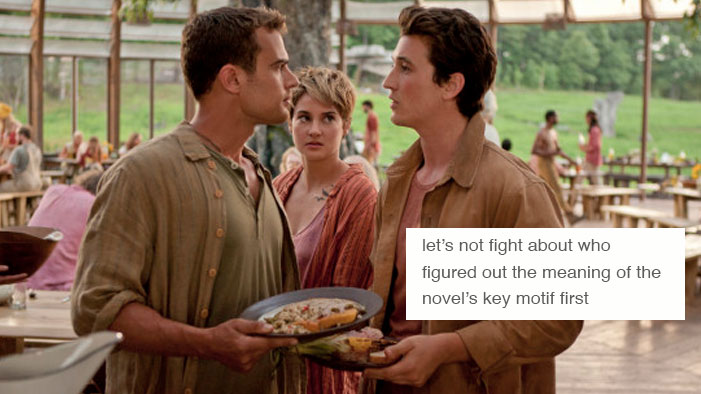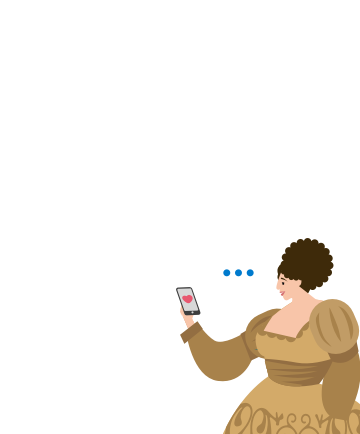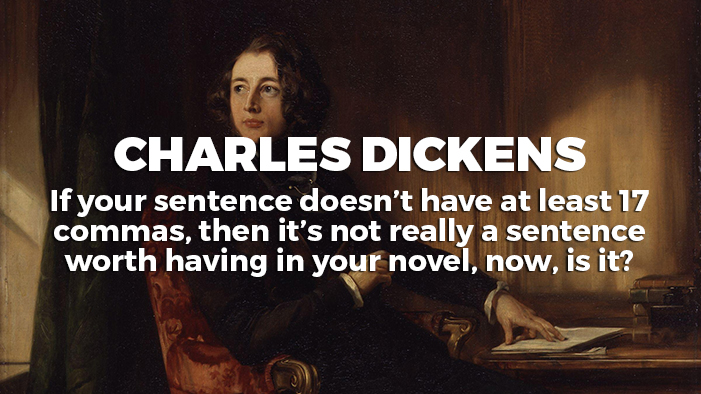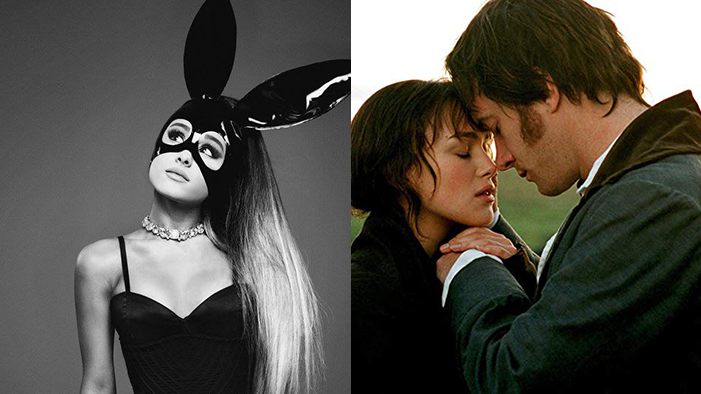The Secret to Decoding Every Single English Text Ever

At some point in English class, no matter how smart and perceptive you are, you will find yourself shaking your head at a book, saying, “I’m just finding it very hard to get invested in a plot low-key centered around an architectural dance-off, Jeanine.”
Sometimes a book’s Ultimate Meaning is very apparent (“books: don’t burn them, chill yooooo”), and sometimes it’s something more subtle (e.g., “I’m not denying the darkness of the human soul, but it feels like this whole debacle could have been avoided with malaria tablets.”). When you find yourself feeling “wuuuuut” about a book, we have a swell way to find a fresh view: ask yourself, “Who died?”
Let me explain.
Well before Jay Gatsby finds himself floating face-down in a pool; well before Titus Andronicus bakes Chiron and Demetrius into a pie and feeds it to their father (this guy’s manners, omg); well before Leslie books her one-way ticket to Terabithia, a ~symbolic~ death has already taken place, and this death—
this “death“—holds in it the hidden message of the book. Some examples:
The Lord of the Flies goes out with a real bang as Simon and then Piggy are killed by the raging fear-beast in the hearts of the island boys, while our protag, Ralph, makes it out alive. The thing is, though, that Ralph doesn’t really make it out alive; other casualties in the murder of Simon are reason, morality, man’s innate goodness, and Ralph’s innocence foreverrrr. The boys are “rescued” at the end of the novel, sure, but their souls have already died a little at that point. Nail down the precise moment of death (the moment Piggy’s glasses shatter? The moment the pig is decapitated?), and Go Straight to Harvard.
Okay, so how about To Kill a Mockingbird. Not to spoil anything or bum you out, but on a pure plot level, Tom Robinson—the book’s titular mockingbird—dies when he tries to escape jail at the end and is shot by guards. However, I would argue that Tom is a dead man walking long before he even gets to jail, before his case is even settled, because, as Atticus knows, he has already been found guilty in the hearts of the (racist ol’ cake-eatin’) jurors. If you backtrack far enough, Tom is dead the second Mayella Ewell asks him to move a chest of drawers for her.
Some more!
Top up your gin, and we’ll take a look at The Great Gatsby. As you know, poor old Jay Gatsby winds up shot dead in his fancy fountain at the end of the novel (RIP fancy shirt collection), after taking the heat for running down cheap hussy Myrtle—the mistress of Tom, husband of Daisy, who is Gatsby’s forever love. Personally, I believe that Gatsby died long before this moment, back when he forced Nick to host a lunch for his cousin Daisy, got all sweaty around the lapels about the tea and then climbed out a window in a last-minute panic. I mean surely you agree we all died a social death on that day. Alternately, you could argue that Gatsby was a dead man when Daisy ran over Myrtle in the valley of ashes; symbolically, you have the American Dream (wealth, status, possession, as embodied by Daisy) pulverizing the aspirations of the common man (as embodied by Myrtle, a stand-in for Gatsby, giant faker and social-climber that he is). For extra credit, you can argue that Gatsby is a sort of ghost throughout the novel, not unlike Bruce Willis in The Sixth Sense—refusing to believe he is a goner.
This technique—when did the main character die symbolically, and what died along with them?—works for virtually any book (except the early classics, because the moral of every Greek tragedy ever is generally “BOY are the gods vengeful today, and every day.”).

Try it and let me know what koans you discover.













